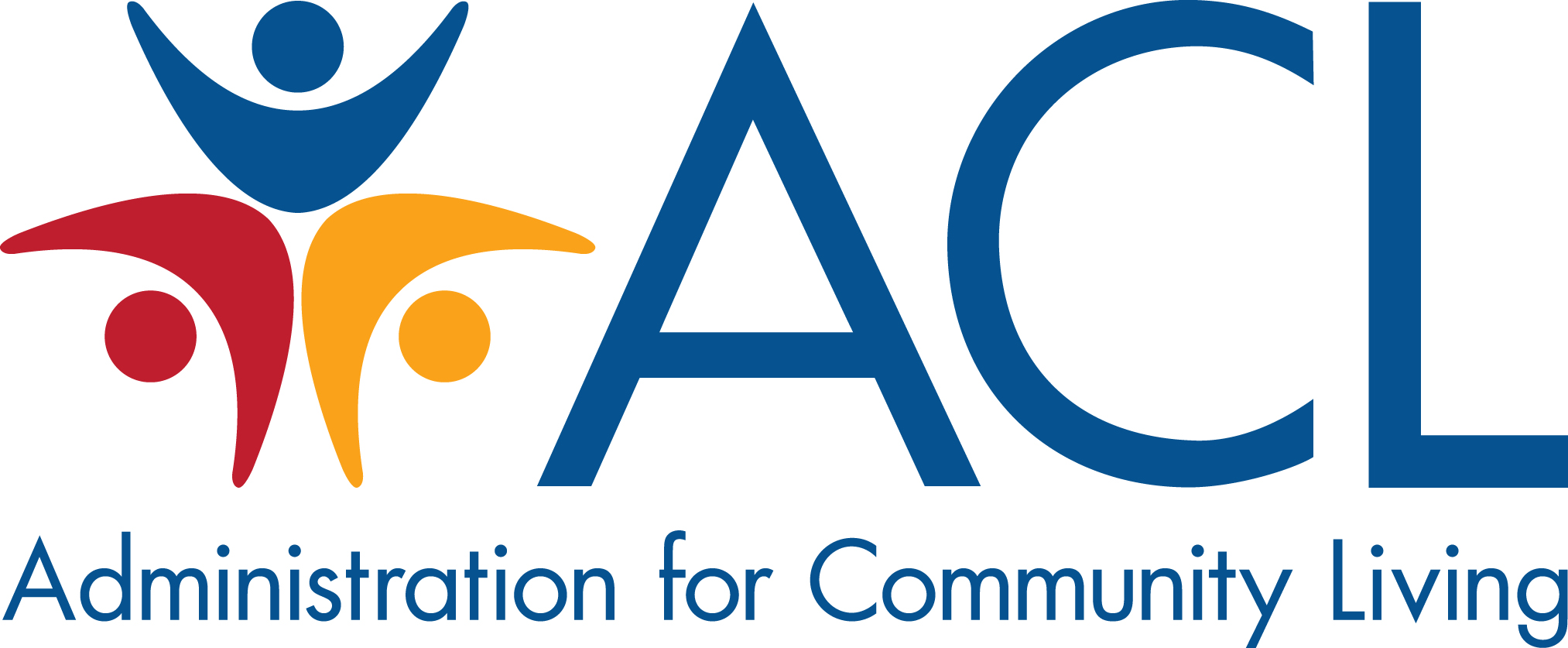Learn More
- Full Text of the Rule: (In the Federal Register)
- Section-by-section fact sheet: Detailed overview from the HHS Office for Civil Rights (OCR)OCR
- ACL blog post: From Alison Barkoff
- Overview Webinar hosted by ACL and OCR
- Video (English): Director of the HHS Office for Civil Rights Melanie Fontes Rainer shares highlights of the rule.
- Letter to ACL Grantees: Joint ACL and OCR letter on Sec. 504 compliance obligations
- More actions to advance disability rights: Learn about actions agencies across the federal government are taking to strengthen anti-discrimination protections for people with disabilities
Announcing the rule
- Read the press release
- Watch the press conference
On May 1, 2024, HHS made disability rights history with the release of a long-awaited final rule implementing Section 504 of the Rehabilitation Act of 1973. This comprehensive update — the first since the initial regulation was put into place more than 50 years ago — creates one of the most powerful tools we have ever had to combat discrimination based on disability in health care and human services. The direct result of decades of advocacy by people with disabilities, the new 504 rule represents a giant step forward in the disability civil rights movement.
The Rehab Act was the first civil rights legislation protecting disabled people from discrimination. Section 504 of the Act prohibits discrimination on the basis of disability in programs receiving federal financial assistance, as well as those conducted by federal agencies, including in the areas of health care, public education, transportation, and more. For example, it covers all health and human services programs and activities funded by HHS, from hospitals and doctors that accept Medicaid or Medicare to states’ child welfare programs. It protects people with all types of disabilities and disabled people of all ages — which includes older adults who need assistance with major life activities like walking, getting in and out of bed, hearing, or seeing, who may not even think of themselves as people with disabilities.
Although the law was passed in 1973, enforcement of the critical civil rights provisions in Section 504 stalled while people with disabilities pushed the federal government to issue regulations to implement it. After nearly four years of advocacy, legal action, and protests, the initial 504 regulations were signed.
Key provisions
Among other important protections, the rule covers:
- Discrimination in medical treatment: The rule addresses discrimination in medical care and ensures that medical treatment decisions are not based on biases or stereotypes about people with disabilities, judgments that an individual will be a burden on others, or beliefs that the life of an individual with a disability has less value than the life of a person without a disability. These include, for example, decisions about life-sustaining treatment, organ transplantation, and rationing care in emergencies.
- Community integration: The rule clarifies obligations to provide services in the most integrated setting appropriate to the needs of individuals with disabilities, consistent with the Supreme Court’s decision in Olmstead v. L.C.
- Accessibility of medical equipment: The rule adopts the U.S. Access Board’s accessibility standards for medical equipment to address barriers to care, like exam tables that are inaccessible because they are not height-adjustable, weight scales that cannot accommodate people in wheelchairs, and mammogram machines that require an individual to stand to use them. The rule requires most doctors’ offices to have an accessible exam table and weight scale within two years.
- Web, mobile app, and kiosk accessibility: The rule adopts the Web Content Accessibility Guidelines (WCAG) 2.1, Level AA accessibility standards for websites and mobile applications. It also requires web-enabled systems in self-service kiosks in medical providers’ offices to be accessible. These provisions are particularly important given the increased use of websites, apps, telehealth, video platforms, and self-service kiosks to access health care.
- Value assessment methods: Value assessment methods are often used to decide whether a medical treatment will be provided and under what circumstances. The rule prohibits the use of any measure, assessment, or tool that discounts the value of a life extension on the basis of disability to deny, limit, or otherwise condition access to an aid, benefit, or service.
Latest in a series of important actions
The Section 504 final rule is one of several federal actions that strengthen anti-discrimination protections, and ensure equal opportunity, for people with disabilities. It complements the disability provisions in several regulatory actions, including the final rule implementing Section 1557 of the Affordable Care Act published by HHS and the final rule on web accessibility for public entities recently issued by the Department of Justice.

